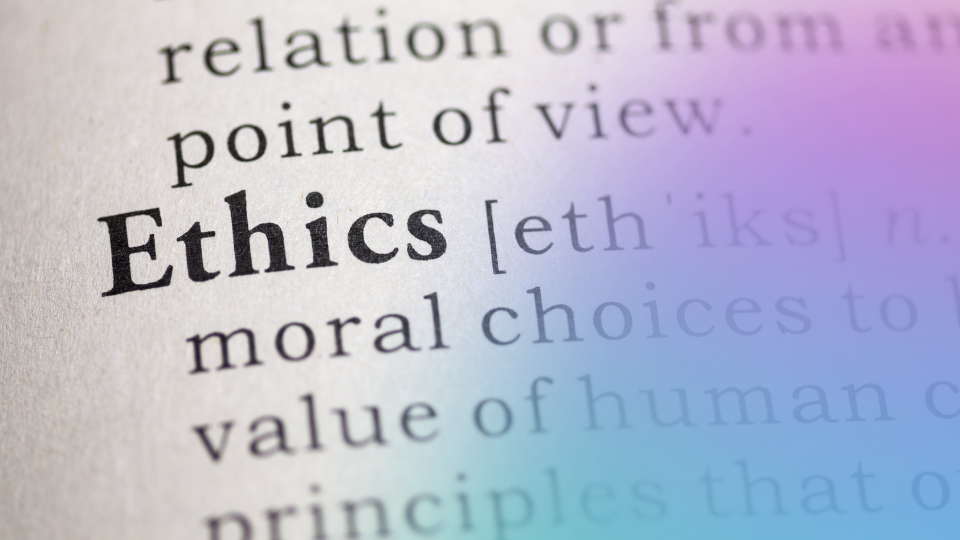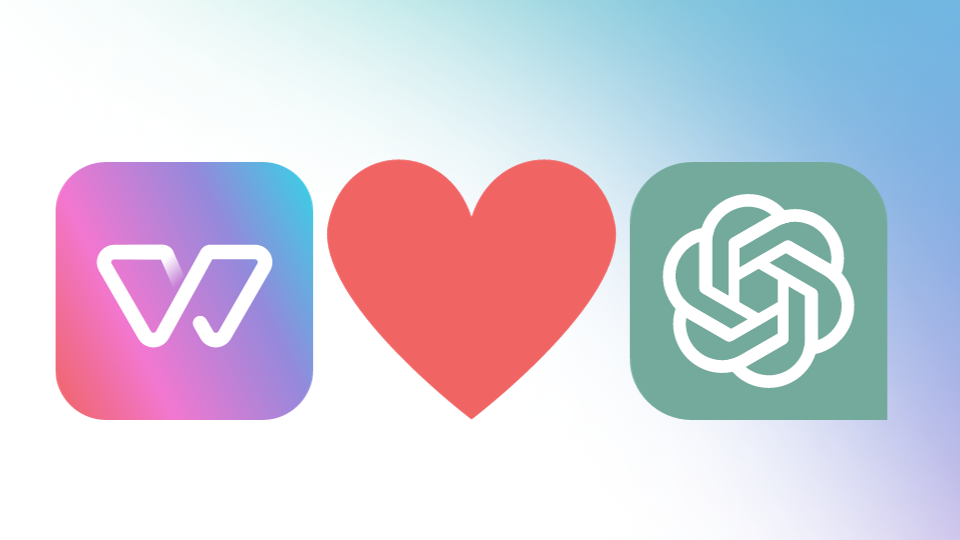To become and stay diverse, companies need to build inclusive cultures. Such cultures have less fluctuation and better economic results. Because they are able to embrace the differences between employees and turn those into a comparative advantage. At our last inter company exchange we discussed first measures for more inclusion. I picked out the two most discussed ones.
Making sure that all voices are heard
One participant expressed what others felt too: "We still fall for the loudest voice in the room. The person who can express his / her ideas with confidence in a meeting - we still believe that this is the best and smartest person and best idea in the room."
But by now we know that this is not true. Many opinions do not get expressed for many reasons. People are introverts, or they resign from speaking up because they often get interrupted (women get interrupted more frequently than men); others do not raise their voice because they are lower in the hierarchy or have less experience, etc.
But in today's fast changing, complex world, every opinion has the potential to be decisive for success or to prevent failure. In digital product development, each opinion captures another perspective on the product. Therefore, companies do become more innovative if all opinions and ideas are heard.
However, just saying "everyone should express their opinion", won't work. We have been unconsciously trained for too long to listen to extroverts only and to positively estimate the "loud" voices. If opinions and ideas of all shall be heard, companies must consciously decide to do it differently than they did so far. In order to make sure that people feel safe to express their minds, they have to choose explicit structures to their meetings, be it governance meetings or workshops. The following methods can be used:
- encourage asynchrone communication and decision making: have people discuss and take decisions via a chat tool for example.
- take decisions on an anonymous level.
- use proven frameworks in order to structure meetings. Practices from holacracy or sociocracy are a great guide to do so.
- applying workshop methods make sure that all participants can bring ideas and opinions to the table. For example: collect ideas from all on post-its - with no discussion while doing so. Then give each one a very strict time box how much time they can explain what they have written on the post it.
- practices from scrum are also a great way to start to be inclusive. The scrum master has that particular role to make sure that everyone is heard.
As you see, there are many ways. And each company can choose what is best for itself. It takes a bit of time to get used to (2 - 3 months), but soon will feel normal. Thus turning the culture into being inclusive and truly getting the best ideas and all opinions.
Call out microaggressions
Women in Tech & Digital, as all other women at work, are victims of micro-aggressions (find a definition video here). They can be overt and easily detectable or unconscious and thus simply overlooked. The companies being present at our inter-company breakfast exchange were discussing examples they had seen or experienced themselves, such as: female colleagues who were the experts in the room were not addressed at all by a male client; a female workshop moderator was told to "shut up" by one participant when pushing the team to move faster; a client chose sexist wording in a co-creation workshop to dismiss a colleague's work.
For a woman it is almost impossible to react in this kind of situation. It is a direct attack on her as a human being. It is so undermining that it is too much asked that she defend herself. And often she might just be so stunned that she is out of words. In such situations a company can demonstrate that it takes inclusiveness seriously. How? By calling out microaggressions. The following steps are recommended:
- train your teams on microaggressions: what is it? how can we detect them?
- put together a Code of Conduct: how do we, as a team and as a company, react to such microaggressions? Make sure that everyone knows it, embraces it and that it also gets communicated to clients.
- practice it. To have a Code of Conduct is great, but in order to make it work in the right moments, you will need to practice it in role plays, so to be prepared for the real case.
- when microaggressions happen and teams react according to the Code of Conduct, discuss the incidence within the team and company. Make it known to everyone and talk about how the team reacted. What did go well? What could you improve?
In order to become inclusive, the company must have the will to call out microaggressions. Be aware: just stating the will to do so, won't make it happen. It is through actions that the will is proven. By overtly calling out microaggressions of colleagues and of clients, culture truly changes to be inclusive.
Final remark
Both of these measures do take commitment by teams and their members. They must strongly support such measures in the beginning and have the discipline along the way to change their procedures and behaviors. To ensure that such commitment by the teams is there - on the short and long term -, one component is crucial: the leadership team must embrace and continuously advocate for an inclusive culture. Leaders must change their procedures as well in their meetings and have to follow the same Code of Conduct. They must walk the talk. Only with such support and advocacy by the leadership team can a culture become truly inclusive.
While sometimes it will be difficult to take these steps and put them into action (sometimes some employees may openly fight against them), one thing must be clear: an inclusive culture will make companies reach two goals. First, less fluctuation because all employees feel that they belong. Second, more success because - due to the unhindered contribution by all employees - the company's full potential can play out.
Contact us to assist you in building an inclusive culture through the above mentioned measures. Witty Works' founders have built inclusive cultures with these methods.
If you are looking for a digital writing assistant for inclusive language, try out Witty for free. Witty detects non-inclusive language and provides ongoing training on unconscious bias and operationalizes inclusion.




